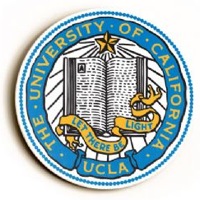Below is a summary of the abstract you submitted. Presenting author(s) is shown in bold.
If any changes need to be made, you can modify the abstract or change the authors.
You can also download a .docx version of this abstract.
If there are any problems, please email Dan at dar78@pitt.edu and he'll take care of them!
This abstract was last modified on March 31, 2025 at 11 p.m..

Bacteriophages, or phages, can infect and lyse bacteria, harboring great potential for therapeutic and agricultural innovations. Temperate phages, like the novel phage LadyAstra (LA), may be prompted to leave the dormant lysogenic cycle and lyse their host through prophage induction. Factors such as ultraviolet (UV) radiation can induce prophages by damaging host DNA, triggering an SOS response in the bacteria. UV radiation causes DNA damage in phages as well, but mechanisms behind actinobacteriophage responses to UV stress remain largely unexplored. We performed UV exposure experiments on LA, and found that it exhibits some resistance to irradiation. Genome annotation revealed that LA contains an SprT-like protease common to pham 1210, a phage group sharing a gene known to repair DNA damage. Bioinformatic analyses were conducted on a sample of phages with an SprT-like protease from pham 1210, and found that these phages share variable amounts of genomic variability. LA was most similar in nucleotide sequence and protein structure to phages within the same subcluster (AZ4), inferring a similar level of UV resistance attributed to the SprT-like protease in those phages. Phages within the same subclusters exhibit high nucleotide and protein sequence similarities while inter-subcluster phages display variability in genomes and overall dissimilarity in content. We found that a diverse group of subclusters, across different life cycles and hosts, share the Sprt-like protease gene. This high conservation suggests a strong evolutionary advantage for phage survival. Identifying specific functional UV resistance mechanisms provides insight to phage adaptation and survival in high UV environments.
